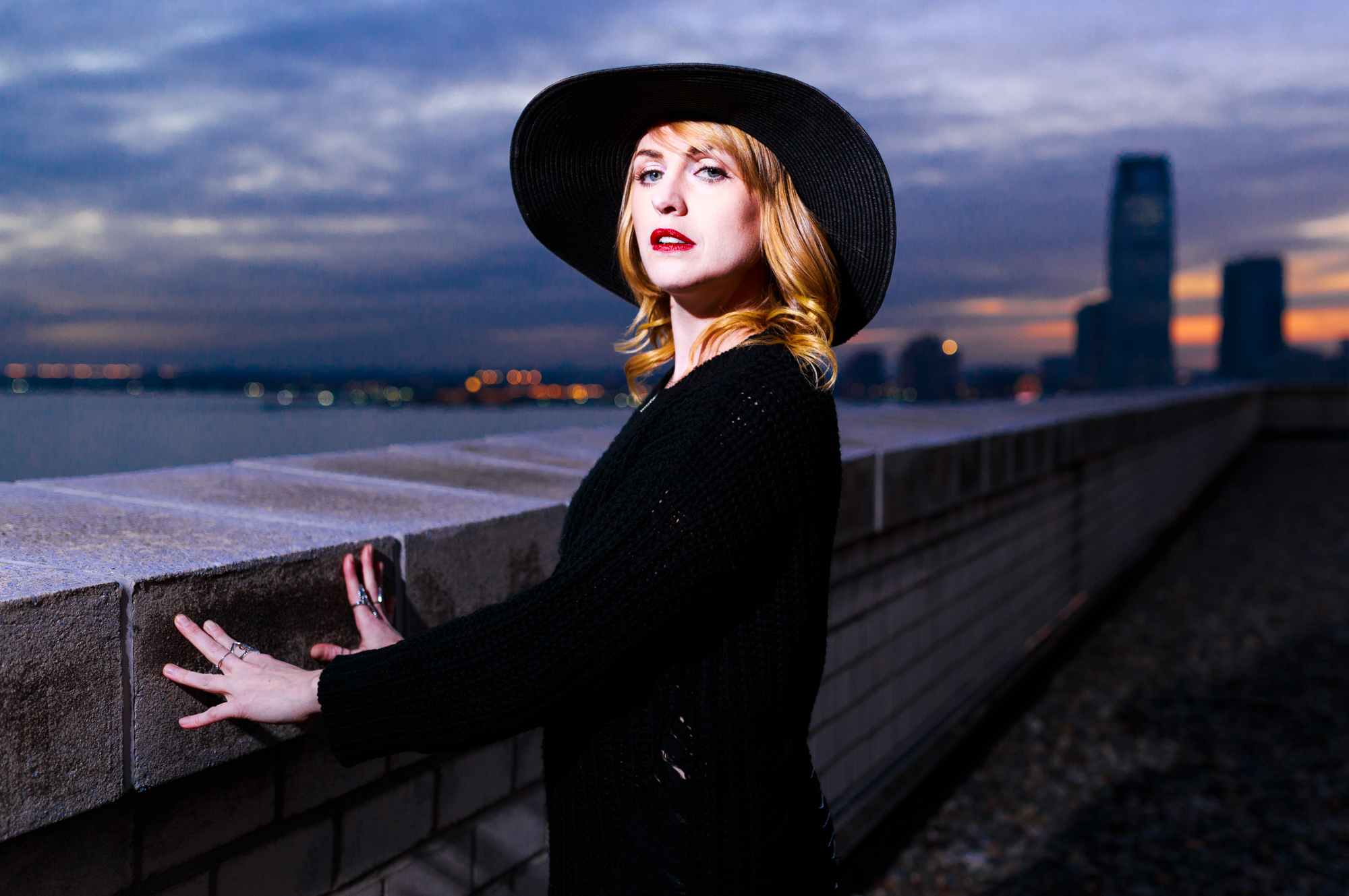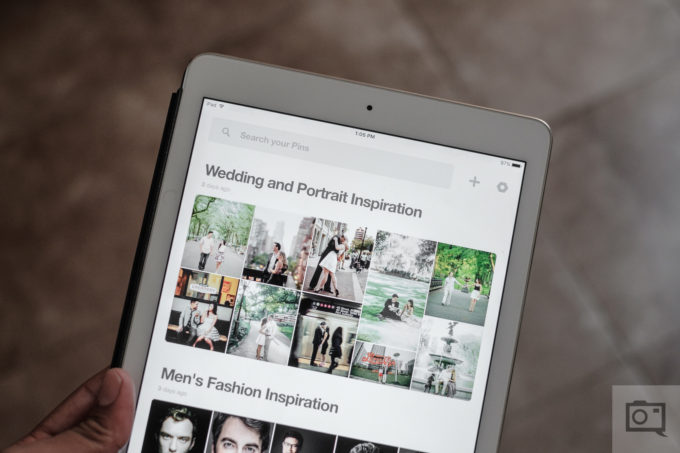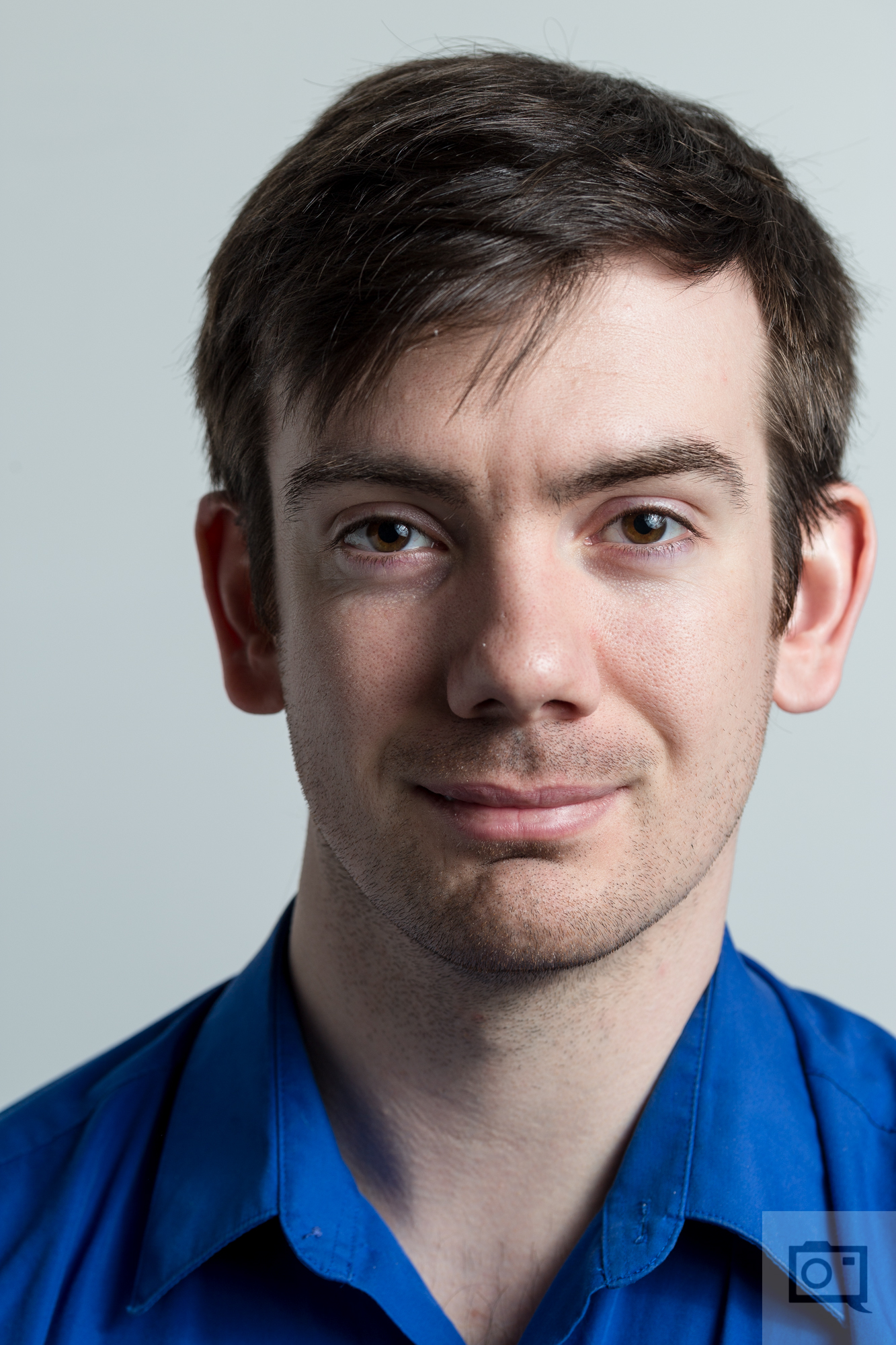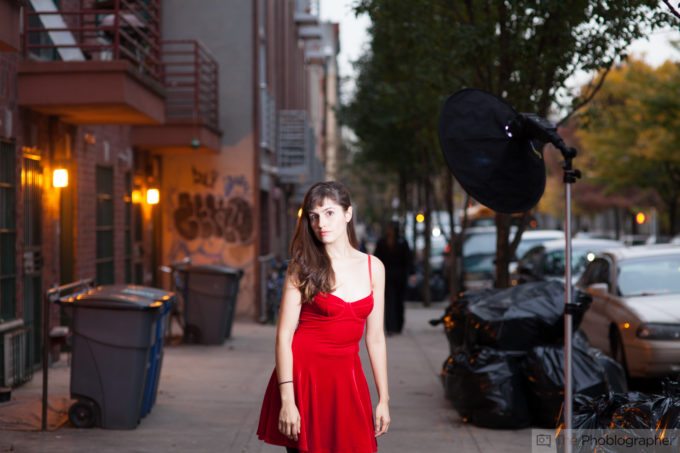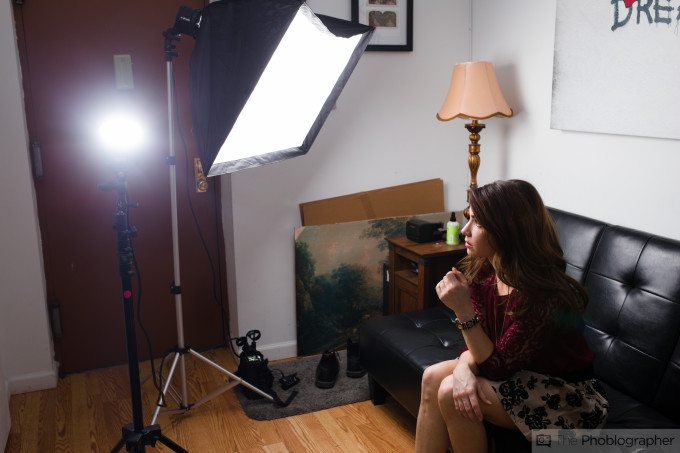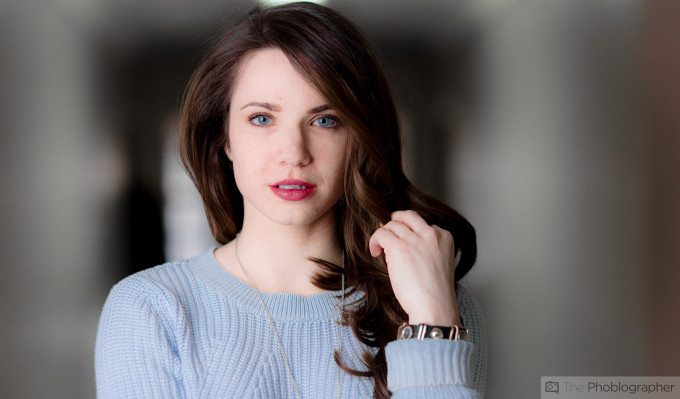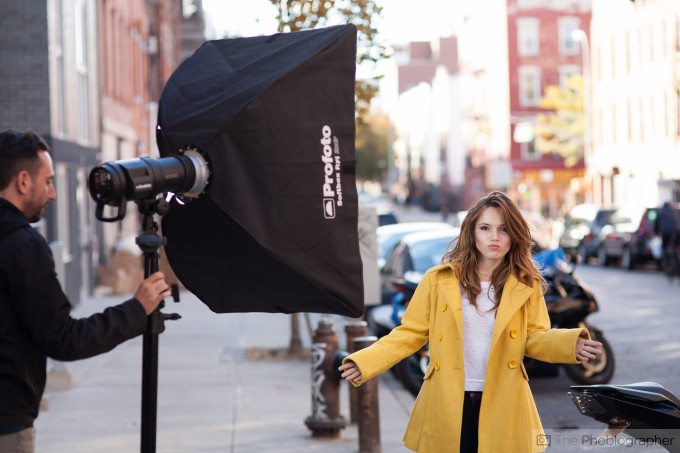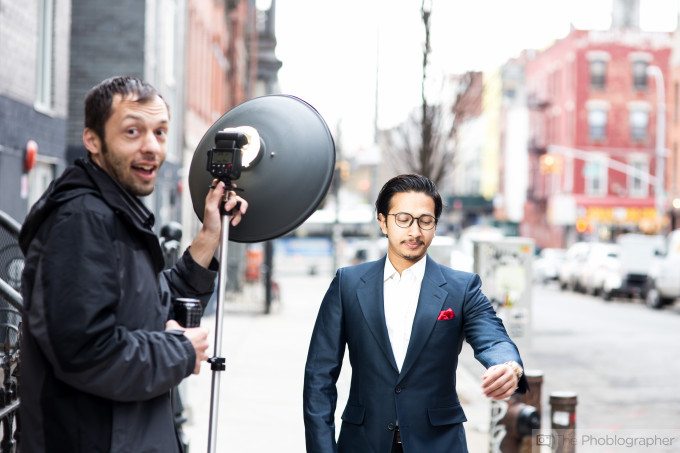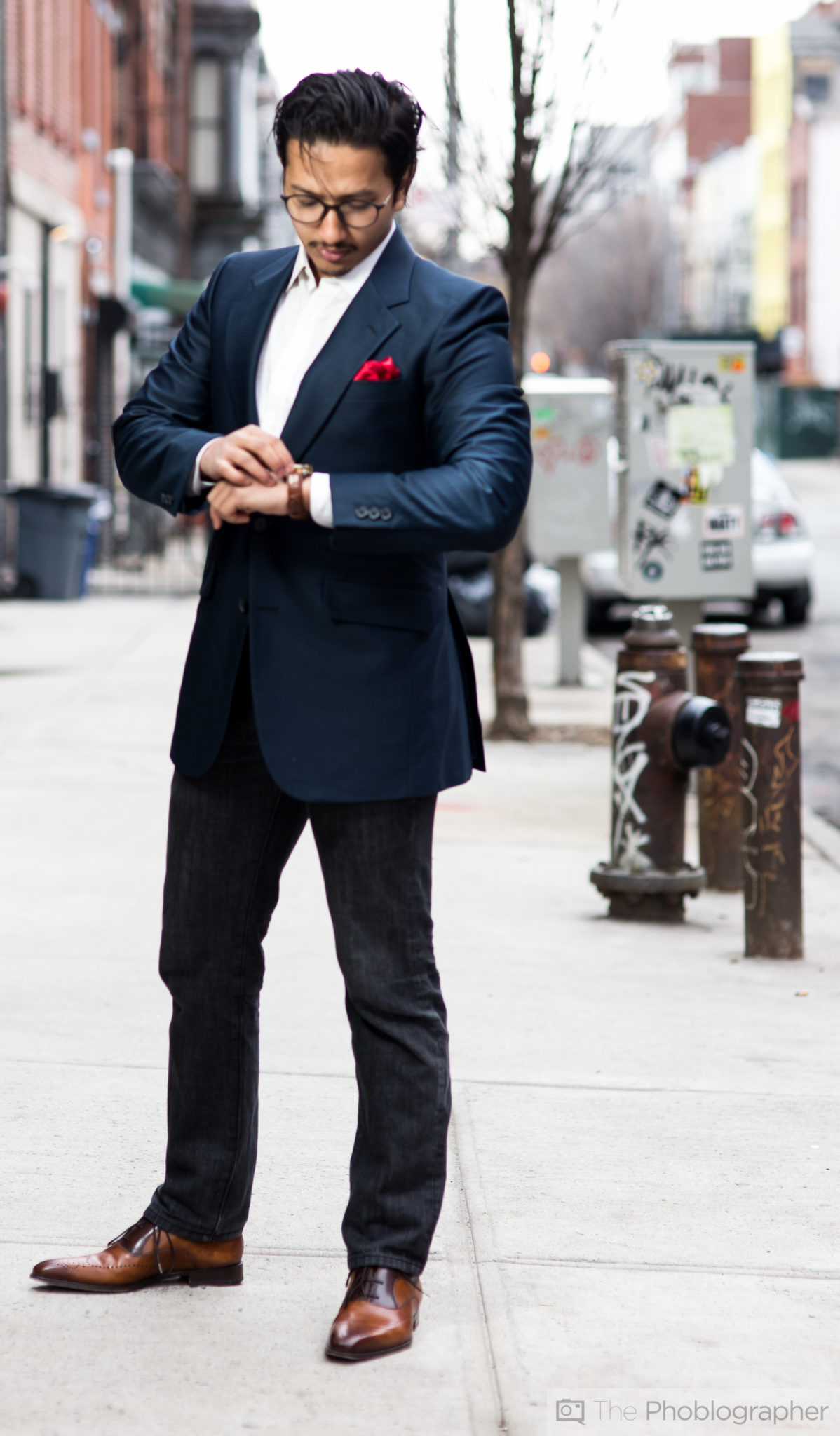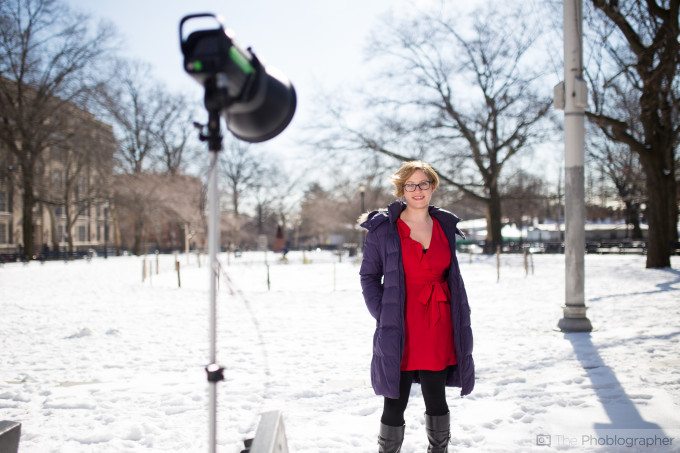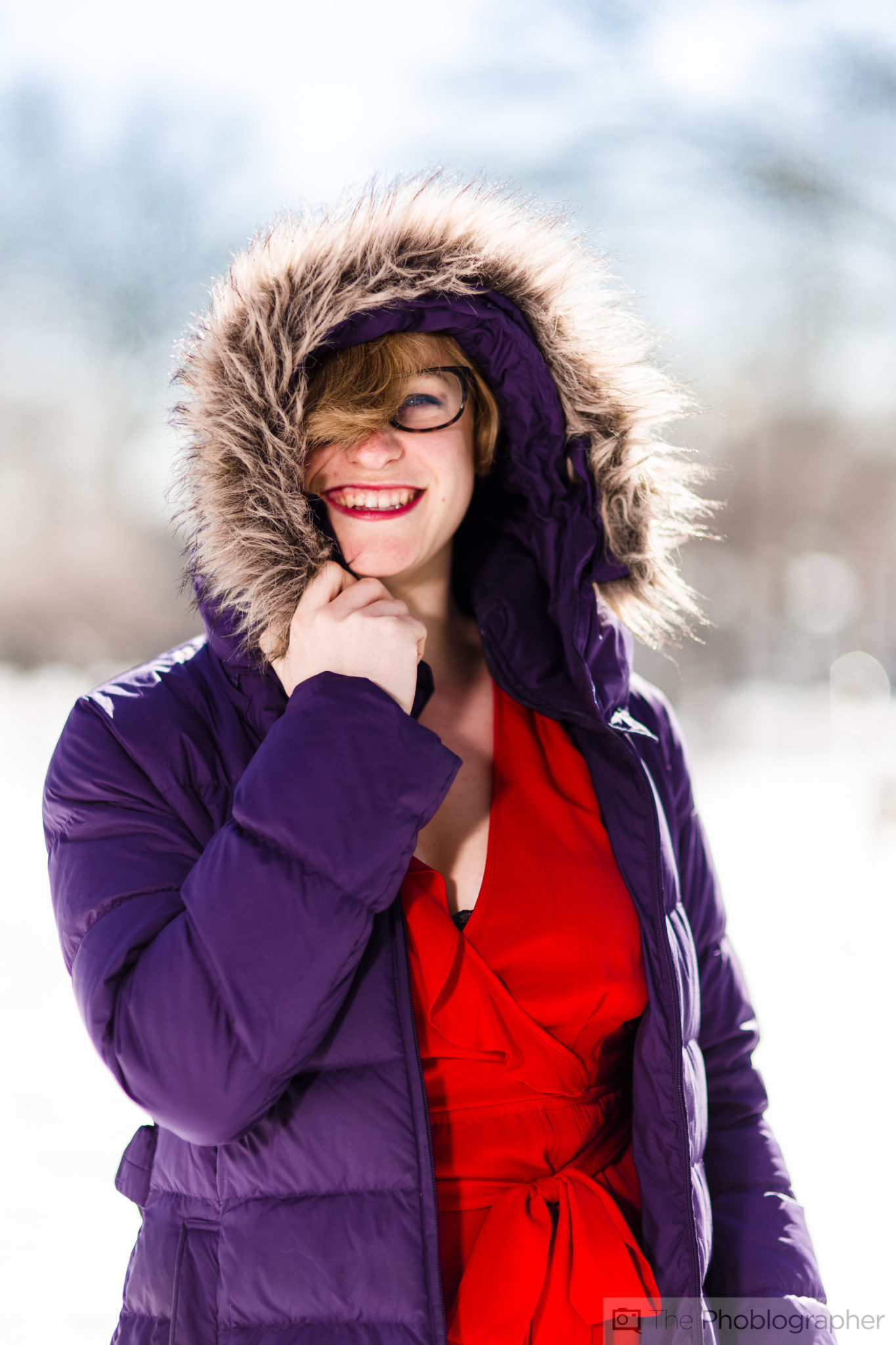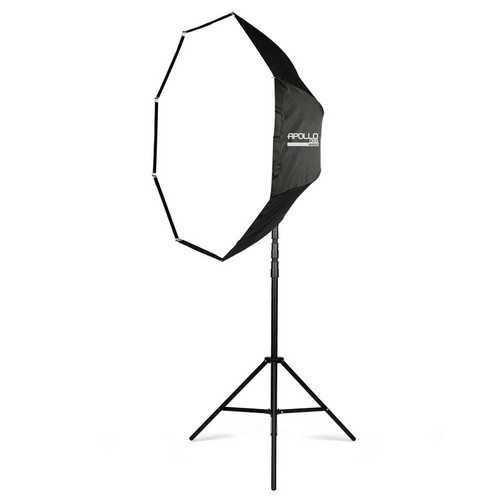Many photographers just getting into working with light specifically are often very confused about what light modifiers to use. But they’re also never quite sure what they should use for the type of work that they’re doing. The true answer is that everyone is making good stuff these days and that very few people will be able to look at an image and immediately tell what light modifiers you’re using in the same way that they won’t be able to tell your camera, lens, etc for the most part.
Instead, it’s all about the type of photo that you’re trying to create.
Creative Vision
What I often tell a lot of photographers is to have their specific creative vision involved and on their mind to begin with. Some folks call these mood boards, but otherwise lots of photographers just use Pinterest to pin ideas in an easily organizable spot. It works well and I love it.
When you’ve got these pieces pinned, you should carefully observe the lighting accordingly in each photo. For example, if you look at the image above of Justin, you can see that there is Rembrandt lighting. We can also see that the shadows are pretty soft, so we know that we’re working with a light modifier that’s larger than this section of him. More on that in a bit.
Looking at your images and studying what type of lighting there is will help you identify what modifiers you need to use. Here are a few other examples:
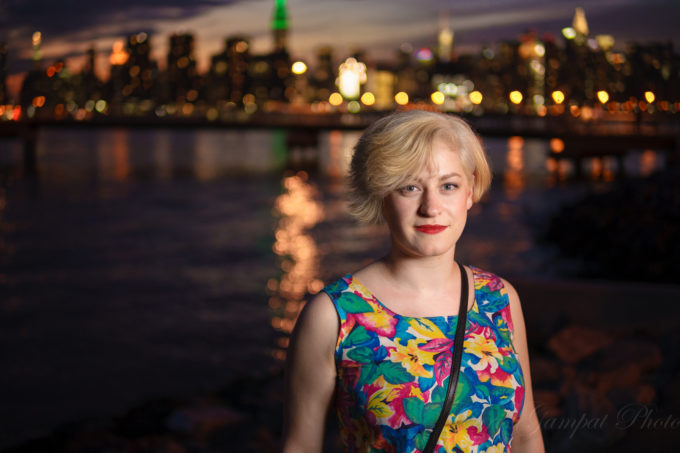
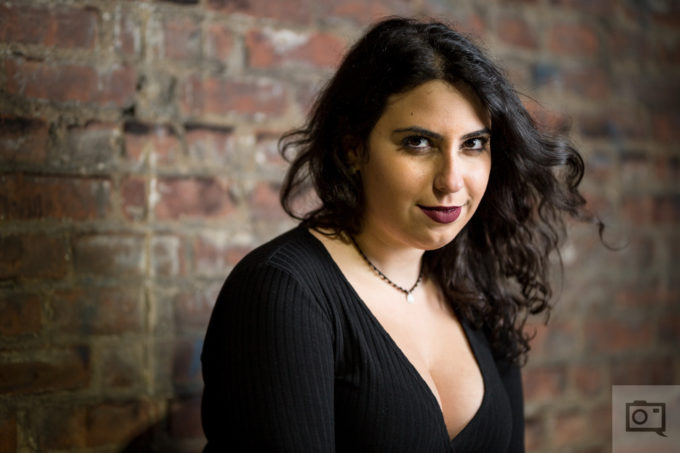
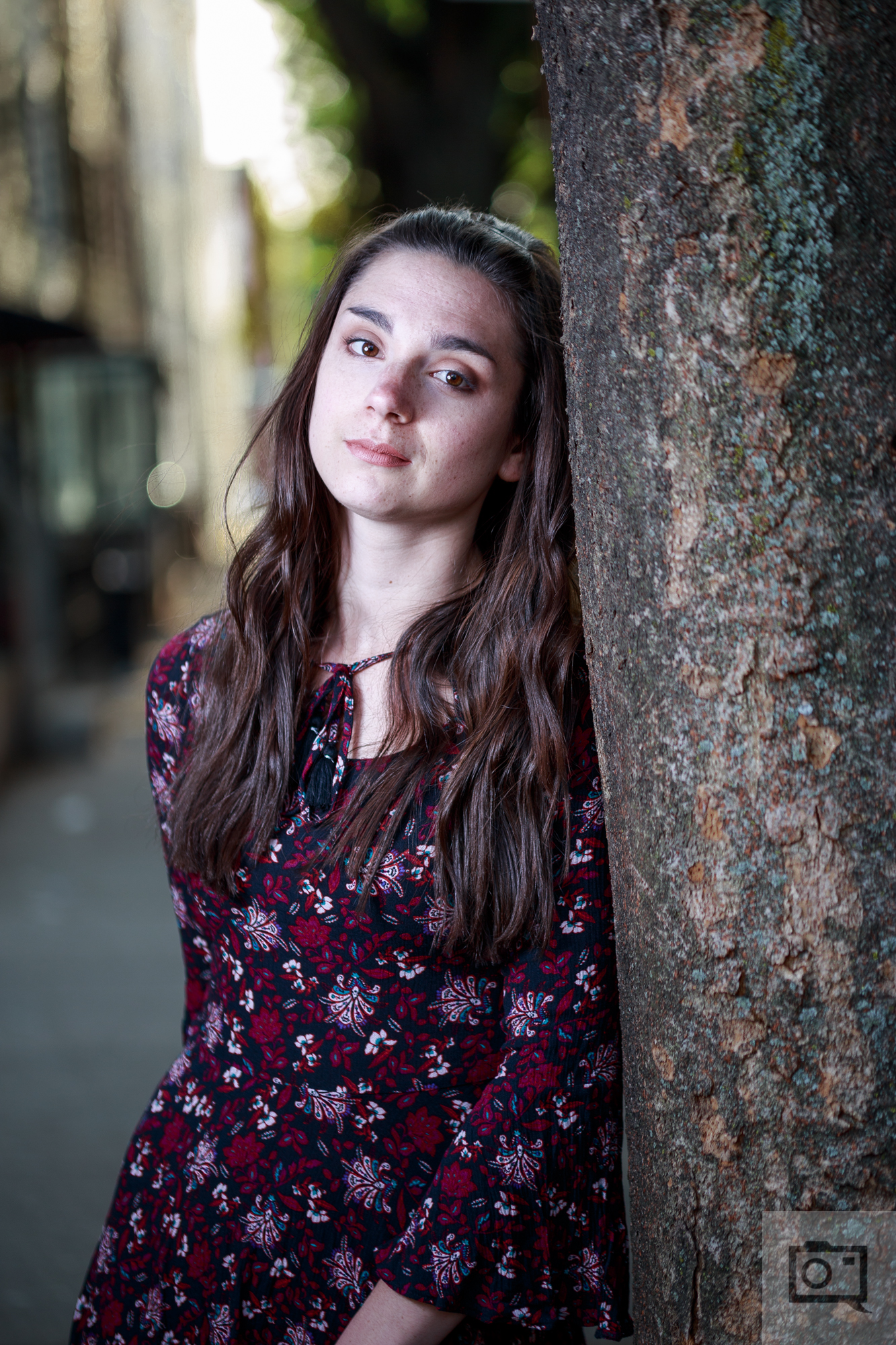
Size
Let’s review one of the biggest rules about light modifiers: the larger the light source is the softer the lighting will be accordingly. The closer the light source is, the softer it will be because it will be larger appropriately with the subject.
So let’s apply this to real life when looking at portraits:
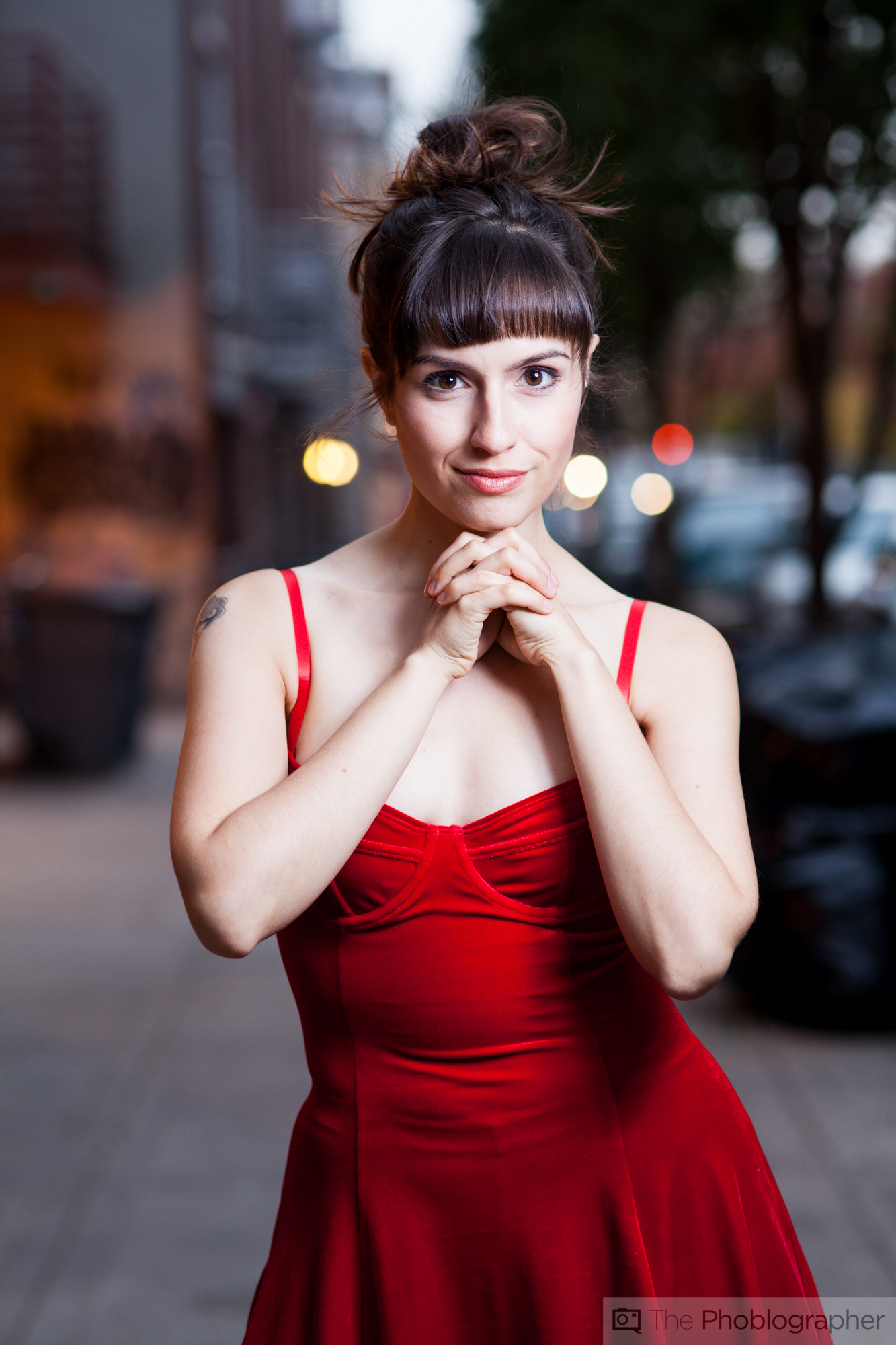
The beauty dish used here gives you a pretty specular light that isn’t that hard which you can tell by the shadows. So if you consider the size of Asta’s head and torso, it probably is large but not incredibly unwieldy.
This is what that light modifier looks like: it’s wider than Asta but not longer than her. The wider side gives enough softness to the scene. It also has to do with how I posed her here.
Now here’s another example:
This is the light source, and as you can see it’s much smaller than Megan.
Now here’s the result: because of the way Megan is posed the light modifier is approximately taller or the same height as Megan in this image, but it isn’t wider. The fact that it’s taller or around the same height makes it soft enough.
Here’s the same light modifier shooting a smaller area of Megan. It’s both larger and wider this time around and so the light is pretty soft.
As for the above photo, look at how large the softbox is in comparison to Grace. It’s pretty large and she’s pretty tiny.
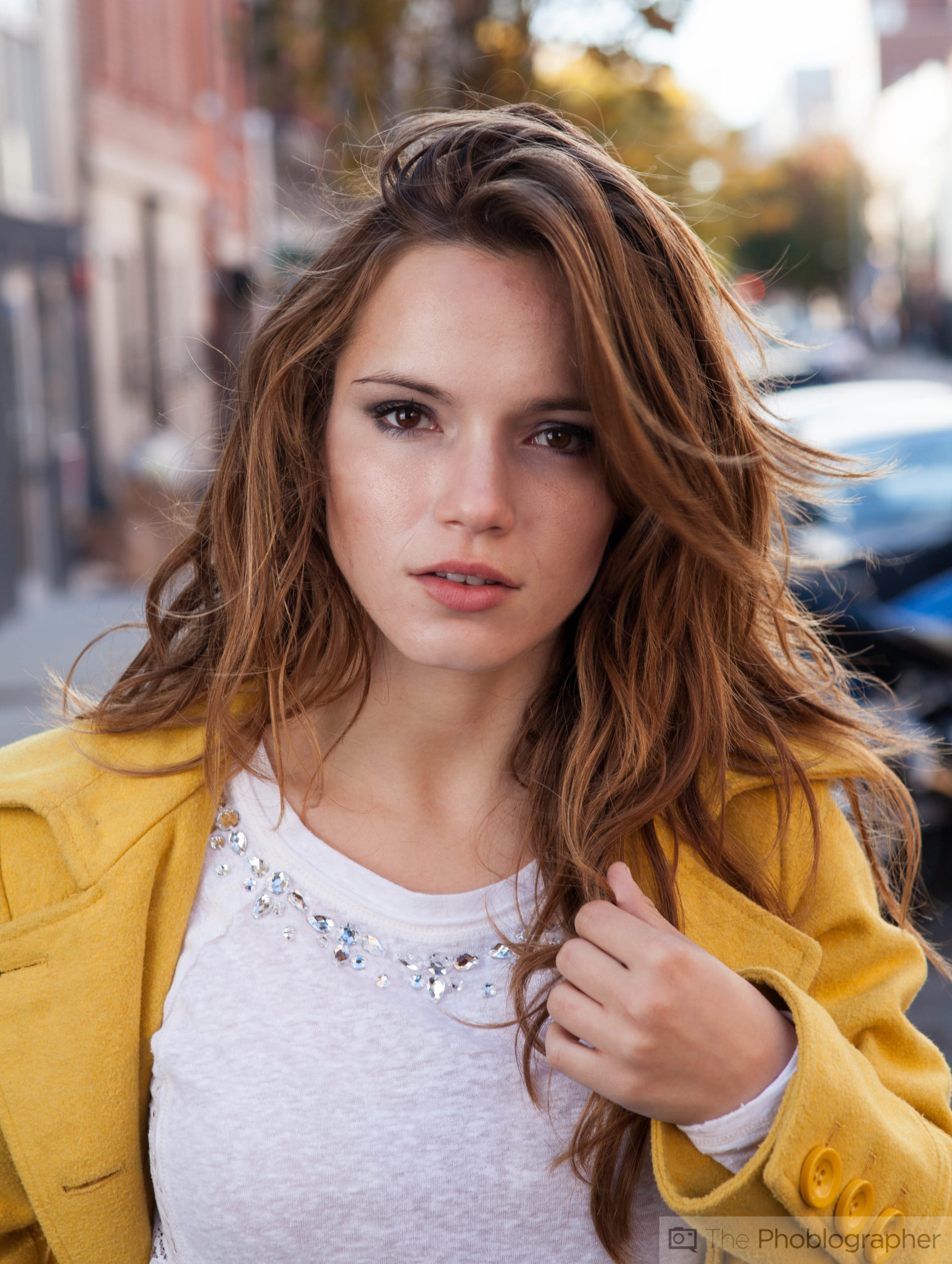
As you can see here, because of the very large light modifier the light is soft.
Here’s another setup with another beauty dish. It’s quite small and it’s not wider than Raiyan’s shoulders at all.
Now here’s the image. The light is really highlighting his upper torso and face–therefore creating the harder shadows around the arms. But in this case it looks good.
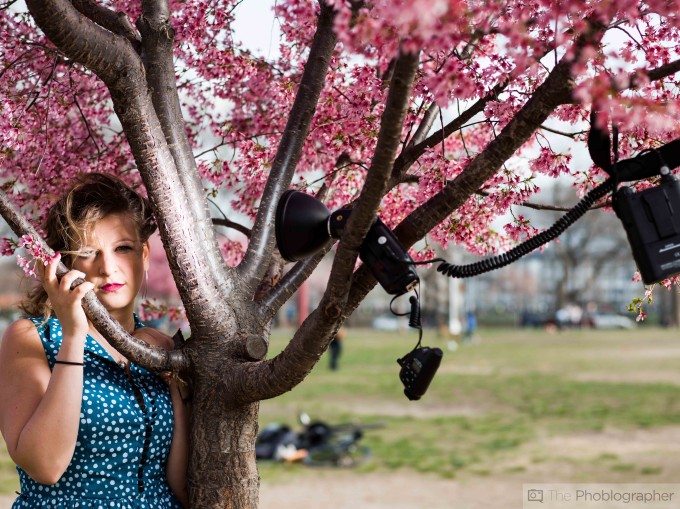
See how large the umbrella reflector attached to the flash is? It’s not that large. You can also see just how much coverage there is. See how it’s casting a shadow on Natalie’s chest?
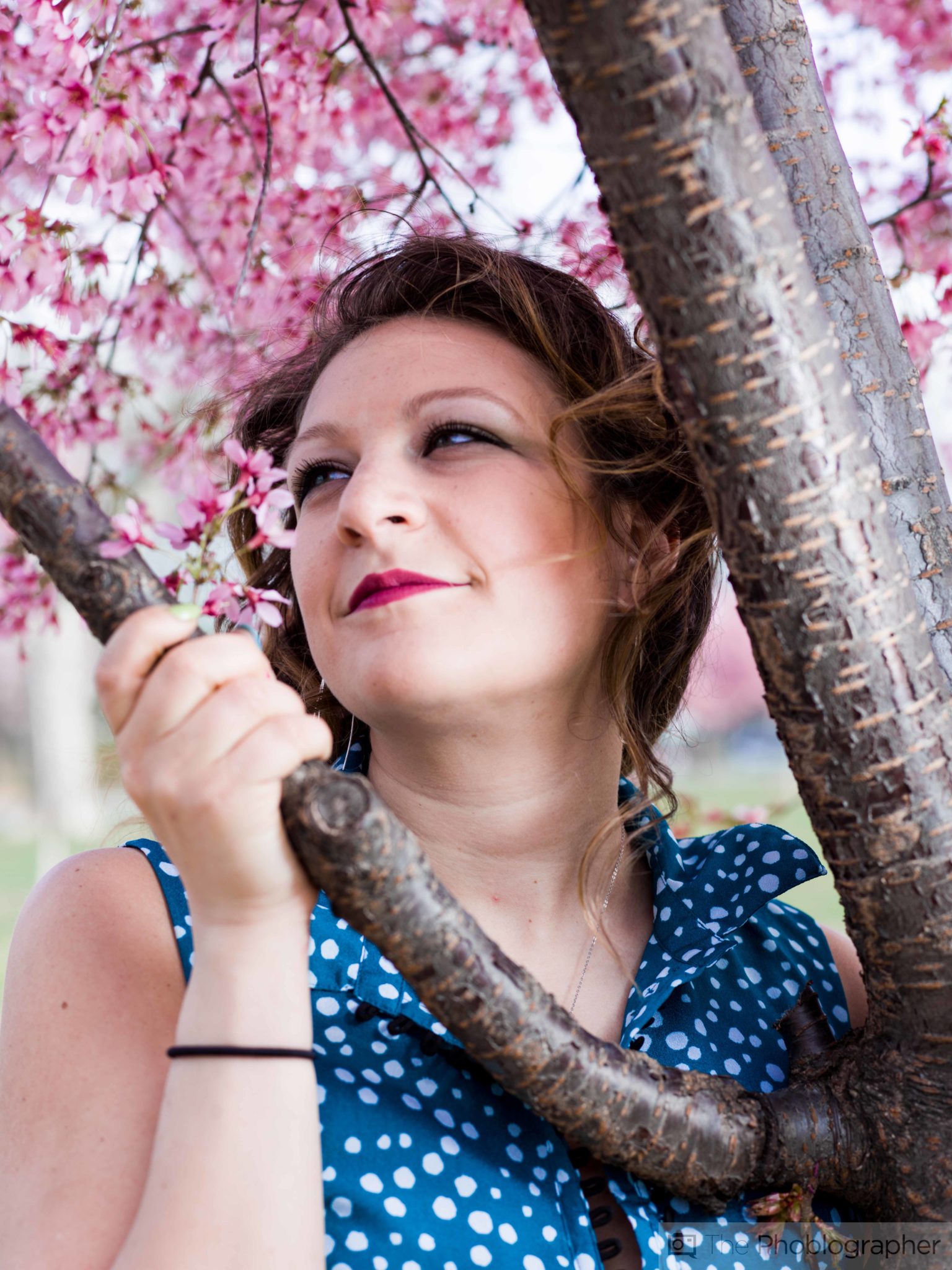
Coming in and focusing on a smaller area though we see the flash hitting the tree branch with then wraps around the subject and outputs it into a larger area. This photo blends just bits of light with shadows and diffusion.
Now consider this one light with the umbrella reflector. See how small it is in comparison to Amanda? However, it’s going to cover a wide area and this is one one of the reasons why I love using a wide angle diffuser on a flash.
Here’s the photo: the shadows aren’t incredibly hard, but they surely could be softer.
So in summation: the larger the light source (light modifier) the larger an area you can cover with a person and get soft lighting. The smaller the light source, the less you can cover. So consider both the length and the width accordingly.
Type
So what type of light modifier should you use? You may want to look at the Phoblographer’s Introduction to Light Modifiers, our list for portrait photographers, and how light modifiers actually effect a scene. We also have guides on umbrellas, umbrella reflectors, and softboxes. These guides are much more in-depth than I could go into here and more fine tailored towards what you’ll want specifically if you’re genuinely interested.


